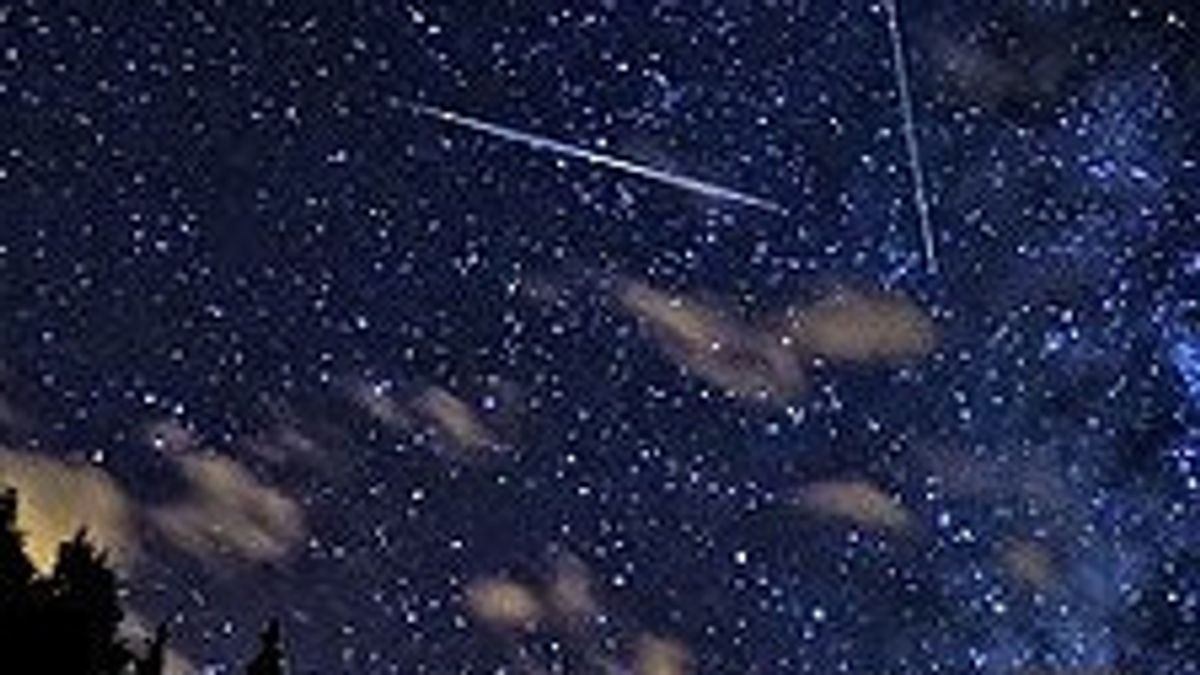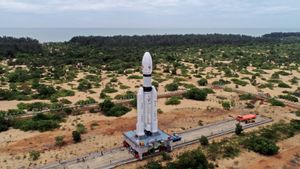JAKARTA - This weekend the sky will be treated to the phenomenon of the Perseid meteor shower which peaked on August 12 and 13.
The Perseid meteor shower is a celestial event where a number of meteors emit or originate, from a point in the night sky called Radiant.
Dubbed Perseid because Radiant is located near the main constellation of Perseus, the hero during maximum activity. This phenomenon comes from a large comet fraction called Swift-Tuttle, which orbits the sun every 133 years.
When Earth's path intersects with comet's debris, the annual rain occurs. Perseid itself is the most popular meteor shower that has been active from July 14 and faded over time until September 1.
They will peak on the night between August 12 and 13, depending on the year seen from the northern hemisphere.
Normally, when viewed from rural areas, as many as 50 to 70 Perseid meteor hours will show itself just hours before dawn.
The figure used to describe the number of meteors you see per (hour) is called Rates Per Hour Zenith. This is how many meteors you can see in the darkest conditions assuming it radiates from the highest point in the sky," said Director of Planetarium Abrams at Michigan State University, Dr. Shannon Schmoll.
When this event occurs, the Moon will be a fading sickle and 10 percent illuminated during the peak of the 2023 meteor shower, as quoted by CNN International and AMS Meteors, Friday, August 11.
SEE ALSO:
"With 10 percent of the faded sickle moon illuminated, it means every light of the moon we get will decrease and not eliminate faint stars," Schmoll said.
"It's also not going up until almost 4 am (ET), meaning you have time to see a meteor shower without any disturbing lunar light."
For the best viewing experience, amateur astronomers should be in areas without light pollution and check local weather forecasts as cloudy skies can block the view.
Apart from Perseid, other meteor showers will also decorate the night sky this year, such as Orionid (October 21), South Taurid (November 4-5), North Taurid (11-12 November), Leonids (17-18 November), Geminid (13-14 December), and Ursid (21-22 December).
The English, Chinese, Japanese, Arabic, and French versions are automatically generated by the AI. So there may still be inaccuracies in translating, please always see Indonesian as our main language. (system supported by DigitalSiber.id)


















